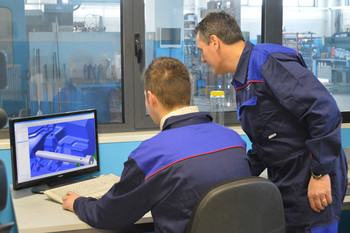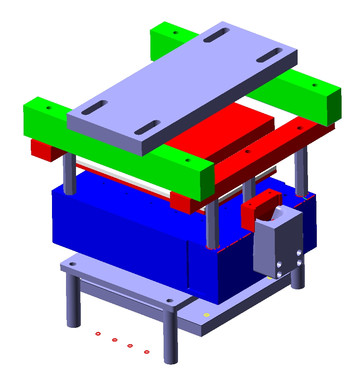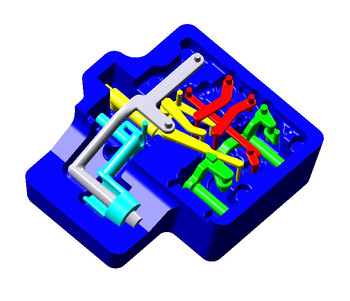Tridimensional CAD model design of the casting, starting from a customer’s 2d or 3d file, paper drawings or sample material object.
We have developed specific knowledge in solid modelling and advanced surfaces, specially useful in the definition of complex forms and in the manipulation of a customer’s files .IGES when there are no draft angles .
Study of the casting configuration, evaluation of the disposition of the massive areas in order to require modifications such as lightenings, introduction of radii, gradual passages along section changes.
This is a foundamental stage to obtain castings with good physical and mechanical features.
After defining this preliminary phase, we start the metallurgic part with a foundry technician in order to establish drafts, casting system and metal filtrations, feed risers, ejection method, junctions to the handling machines of the mould in production.
It is also important to identify the exact track of the chill parting line, trying to simplify as much as possible its track so that it doesn’t influence the flowing system and the feed casting.
We accurately evaluate the removing of the air from the chill inside when the metal flows, by considering the possible use of assembled or mobile parts.
When required by the drawings, we resort to the cores and to the study of the related core-boxes.In this case it is important to study the disposition of the supports, the mould assembly play-gaps, the compensations of the casting shrinkings with the chill and core-box expansions due to the different temperatures during production.
Eventually we gauge the structure of the chill in order to get the best possible thermal balance.
Generally, with significant metal masses, the lack of balance during casting induces local deformations which provoke blows, metal leakages, burs on casting. We intervene through external discharges or cooling channels.



